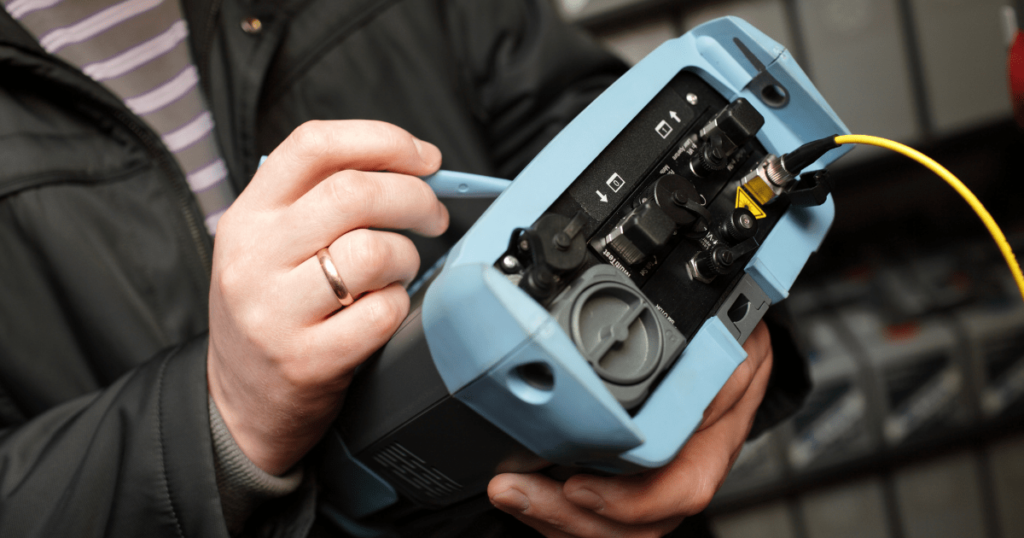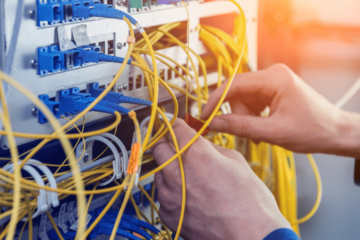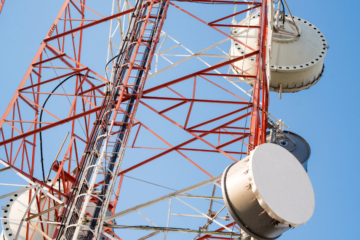
Outdoor enclosures are the unsung heroes of the telecom industry, silently safeguarding critical equipment from the elements and ensuring uninterrupted service. From housing sensitive electronics at remote cell sites to protecting network infrastructure in harsh outdoor environments, these enclosures play a pivotal role in maintaining the integrity and reliability of telecom networks. To help telecom professionals navigate the complexities of managing outdoor enclosures effectively, here are some essential tips and best practices for maximizing equipment lifespan.
1. Choose the Right Enclosure Material
The choice of enclosure material is paramount to ensuring durability and longevity. Stainless steel, aluminum, and polycarbonate are popular options due to their resistance to corrosion, UV radiation, and extreme temperatures. Understanding the environmental conditions and specific requirements of each deployment site is crucial for selecting the most suitable material that can withstand the rigors of outdoor exposure.
2. Ensure Proper Ventilation and Airflow Management
Proper ventilation is essential for dissipating heat generated by telecom equipment and preventing overheating, which can lead to premature failure. Incorporating ventilation systems, fans, or passive cooling mechanisms helps maintain optimal operating temperatures inside the enclosure. Additionally, strategic placement of vents and airflow management devices ensures uniform airflow distribution and minimizes hotspots, prolonging equipment lifespan.
3. Sealants and Gaskets
Sealing outdoor enclosures effectively is imperative for protecting equipment from moisture, dust, and other environmental contaminants. High-quality sealants and gaskets create a watertight barrier, preventing ingress and corrosion. Regular inspection and maintenance of seals and gaskets are essential to address wear and tear, ensuring continued protection and extending the lifespan of the enclosure.
4. Regular Inspection and Maintenance
Implementing a proactive inspection and maintenance regimen is critical for identifying potential issues early on and preventing costly downtime. Scheduled inspections should include checks for signs of corrosion, damage, loose connections, and environmental wear. Addressing minor issues promptly through preventive maintenance measures helps mitigate risks and ensures uninterrupted operation.

5. Monitor Environmental Conditions
Monitoring environmental parameters such as temperature, humidity, and airflow around outdoor enclosures provides valuable insights into operating conditions and potential risks. Installing environmental sensors and monitoring systems enables real-time tracking of environmental variables, allowing operators to detect anomalies and take proactive measures to mitigate risks. Continuous monitoring ensures optimal operating conditions and extends the lifespan of equipment housed within the enclosure.
6. Pest Control Measures
Outdoor enclosures are susceptible to infestations by pests like insects and rodents, posing a threat to equipment integrity. Implementing effective pest control measures, such as sealing entry points, deploying traps, or using repellents, helps prevent infestations and minimize damage. Regular monitoring and proactive pest management are essential for ensuring equipment reliability and longevity.
7. Regular Cleaning
Maintaining cleanliness is essential for preventing the buildup of dirt, debris, and contaminants inside the enclosure. Regular cleaning with non-abrasive materials and mild detergents removes accumulated dust and grime, ensuring unobstructed airflow and optimal equipment performance. Periodic cleaning also helps prevent corrosion and extends the lifespan of outdoor enclosures.
8. Consider Upgrades and Retrofitting
As technology advances, upgrading outdoor enclosures with modern features and retrofitting for enhanced functionality becomes necessary to meet evolving demands. Upgrades such as improved insulation, advanced cooling systems, or integrated monitoring solutions enhance the resilience and performance of outdoor enclosures. Investing in upgrades and retrofitting ensures future-proofing and prolongs the lifespan of telecom equipment.
Conclusion
Outdoor enclosures are indispensable components of telecom infrastructure, providing protection and shelter for critical equipment deployed in challenging outdoor environments. By following these essential tips and best practices for managing outdoor enclosures effectively, telecom professionals can maximize equipment lifespan, minimize maintenance costs, and ensure the continued reliability of telecom networks. From material selection to proactive maintenance and upgrades, prioritizing the longevity of outdoor enclosures is key to sustaining network performance and delivering seamless connectivity to end-users.









